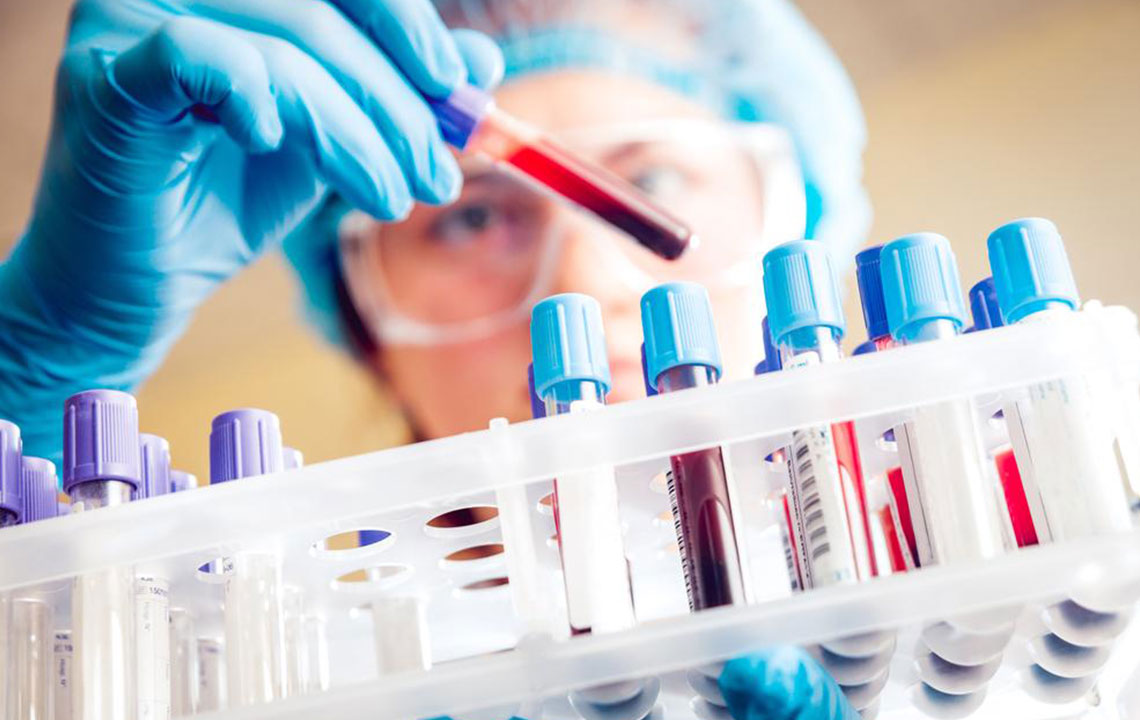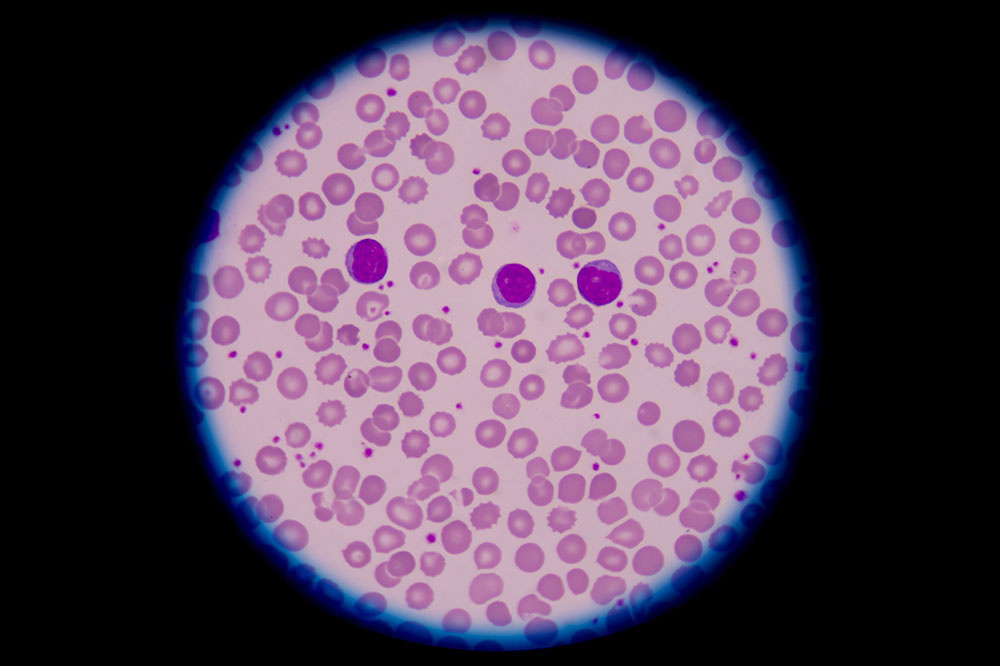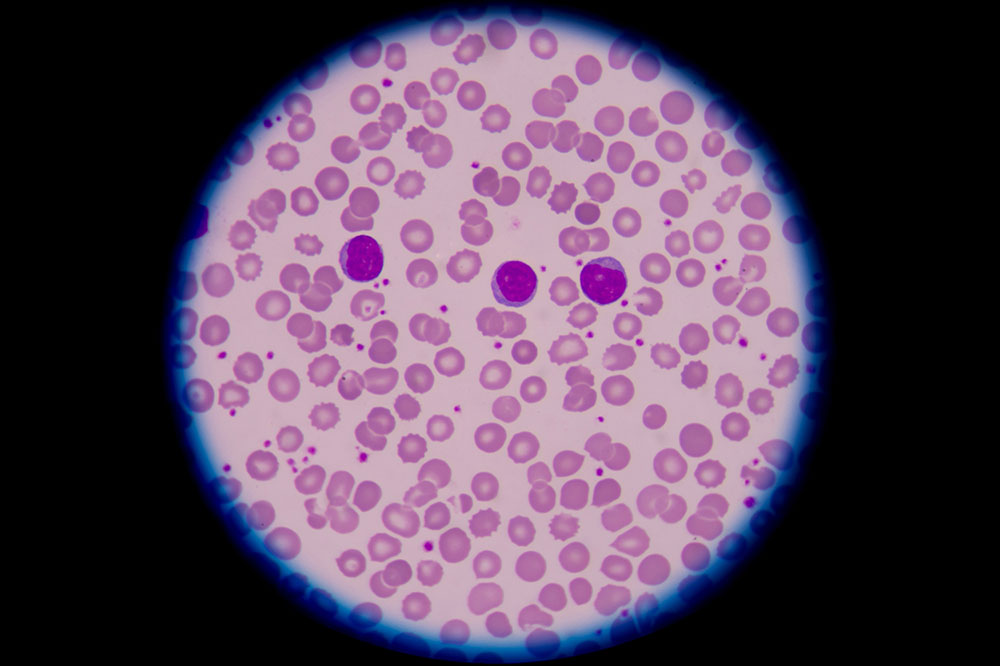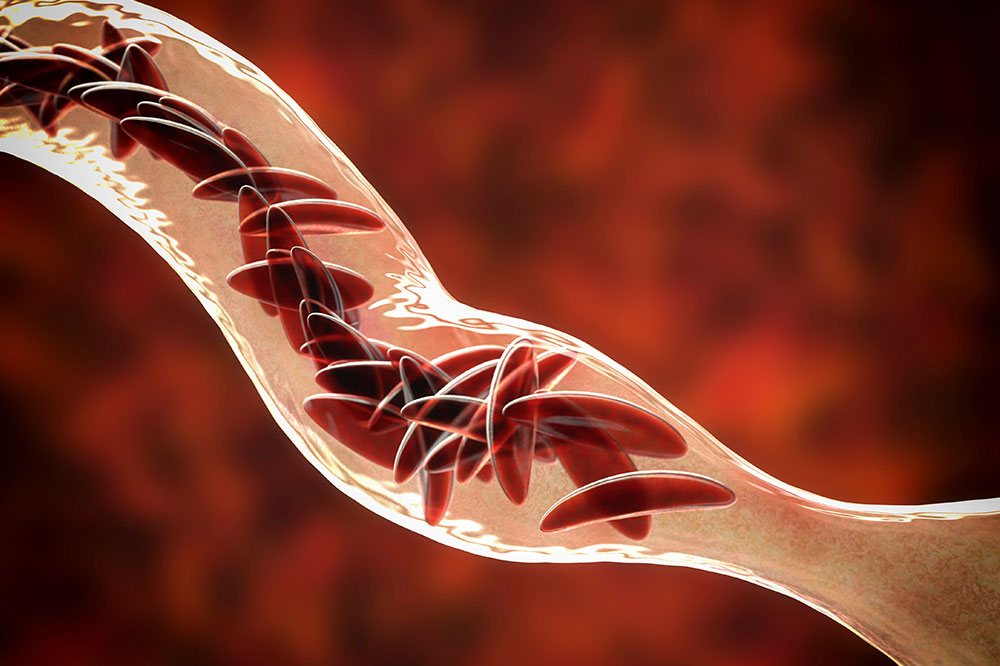Understanding Blood Malignancies and Their Treatments
This article offers an overview of blood cancers, including types, symptoms, and treatment options like chemotherapy, radiation, and stem cell transplants. It aims to educate readers on how these diseases affect the body and available management strategies, emphasizing the importance of early diagnosis and professional medical consultation.
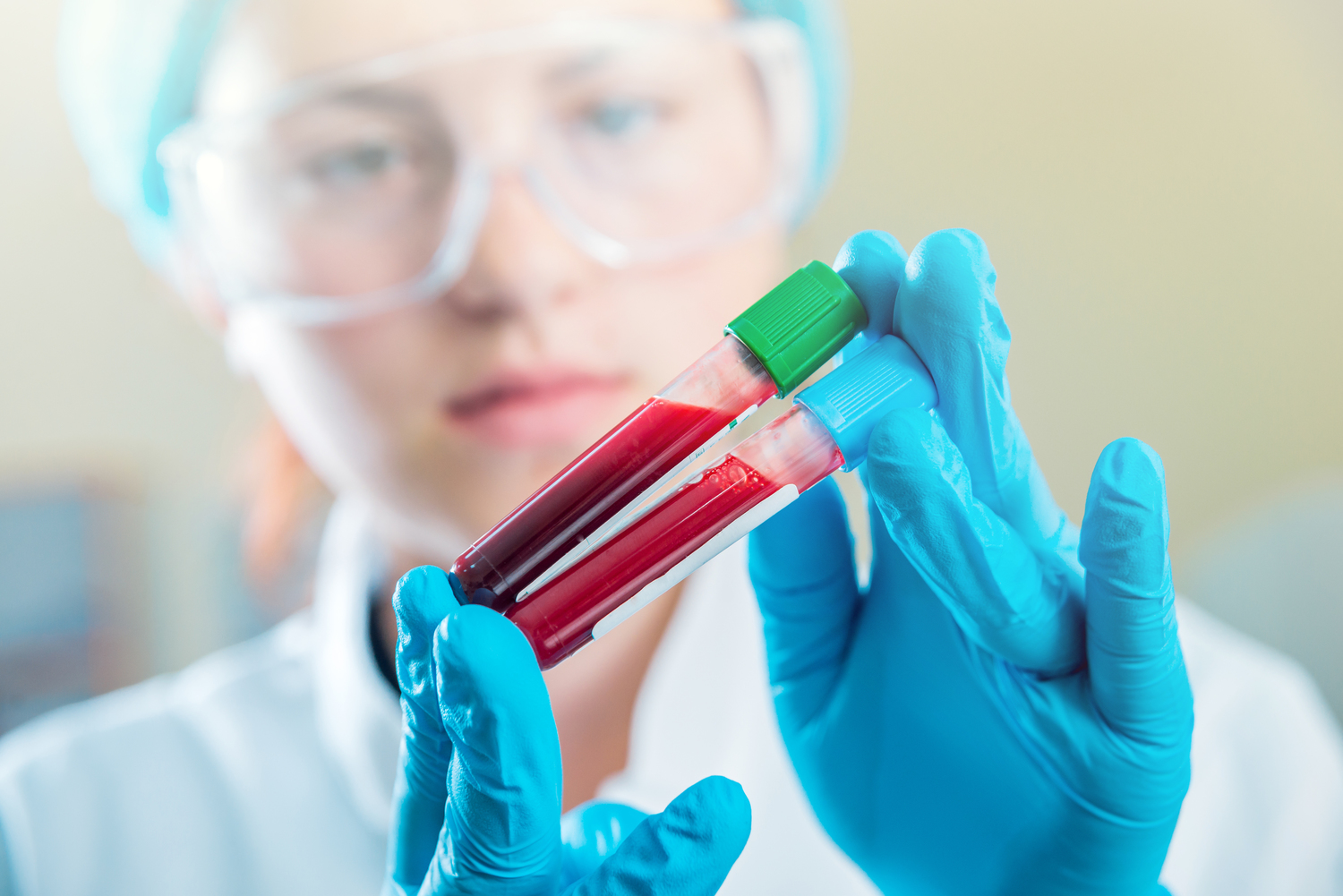
Understanding Blood Malignancies and Their Treatments
Overview of Blood Malignancies and Management Options
Blood plays a vital role in transporting oxygen, nutrients, and waste products throughout the body. When abnormal blood cell production occurs, it leads to blood cancers that disrupt these essential functions. Here is crucial information about these conditions.
What is blood cancer?
It is a disease where normal blood cell activity gets disrupted.
Blood cancer weakens blood cells and affects overall bodily functions.
During blood malignancies, tumors form within the circulatory system's fluid.
This disease also impacts bone marrow and lymphatic tissues, hindering new blood cell formation.
Signs and Symptoms of Blood Cancers
Common symptoms include:
Persistent fever and chills
Fatigue and weakness
Swelling of lymph nodes in neck, armpits, and groin
Bone and joint pain
Severe headaches
Nausea, vomiting, and appetite loss
Unexplained weight reduction
Night sweats
Abdominal pain
Breathlessness
Skin rashes, itchiness, and frequent infections
Types of Blood Cancers
Medical research identifies four main categories of blood cancers:
Leukemia
Anemia
Lymphoma
Multiple myeloma
Leukemia Symptoms and Details
This condition causes uncontrolled growth of white blood cells, impairing immune defenses.
Patients often experience high fever and infections.
What is Anemia?
Anemia occurs when the body can't produce enough red blood cells.
It results in bleeding issues due to low platelet count.
Symptoms include dizziness, pale skin, fatigue, and shortness of breath.
In women, heavy menstrual bleeding is common.
Patients may develop red spots from broken blood vessels, and their immune response weakens, leading to enlarged lymph nodes and spleen.
Night sweats and fever are also signs.
Advanced cases develop cancer in the bone marrow, causing significant bone pain.
Signs of Lymphoma
Lymphoma affects lymphocytes, crucial in fighting infections.
Uncontrolled lymphocyte growth leads to infections and swelling of lymph nodes, especially in the neck and armpits.
Increased lymph node size can block blood vessels, causing discomfort in bones, abdomen, and chest.
Additional symptoms include fatigue, rapid weight loss, and itchy skin.
Features of Multiple Myeloma
This cancer originates in the bone marrow, affecting plasma cells.
Plasma cells normally combat infections but release toxins when cancerous.
Patients often experience severe, persistent bone pain and weakened bones.
Treatment Strategies for Blood Cancers
Radiation Therapy: Targets and destroys cancer cells, alleviating pain.
Stem Cell Transplantation: Infuses healthy stem cells, usually from bone marrow, to boost blood cell production.
Chemotherapy: Uses anticancer drugs to slow or stop cancer growth.
Important Notice:
The information provided aims to educate readers on various health topics. While based on research, it should not be considered definitive medical advice. Always consult healthcare professionals for diagnosis and treatment. Our platform disclaims responsibility for discrepancies or inaccuracies and does not cover all possible medical schemes or options.

